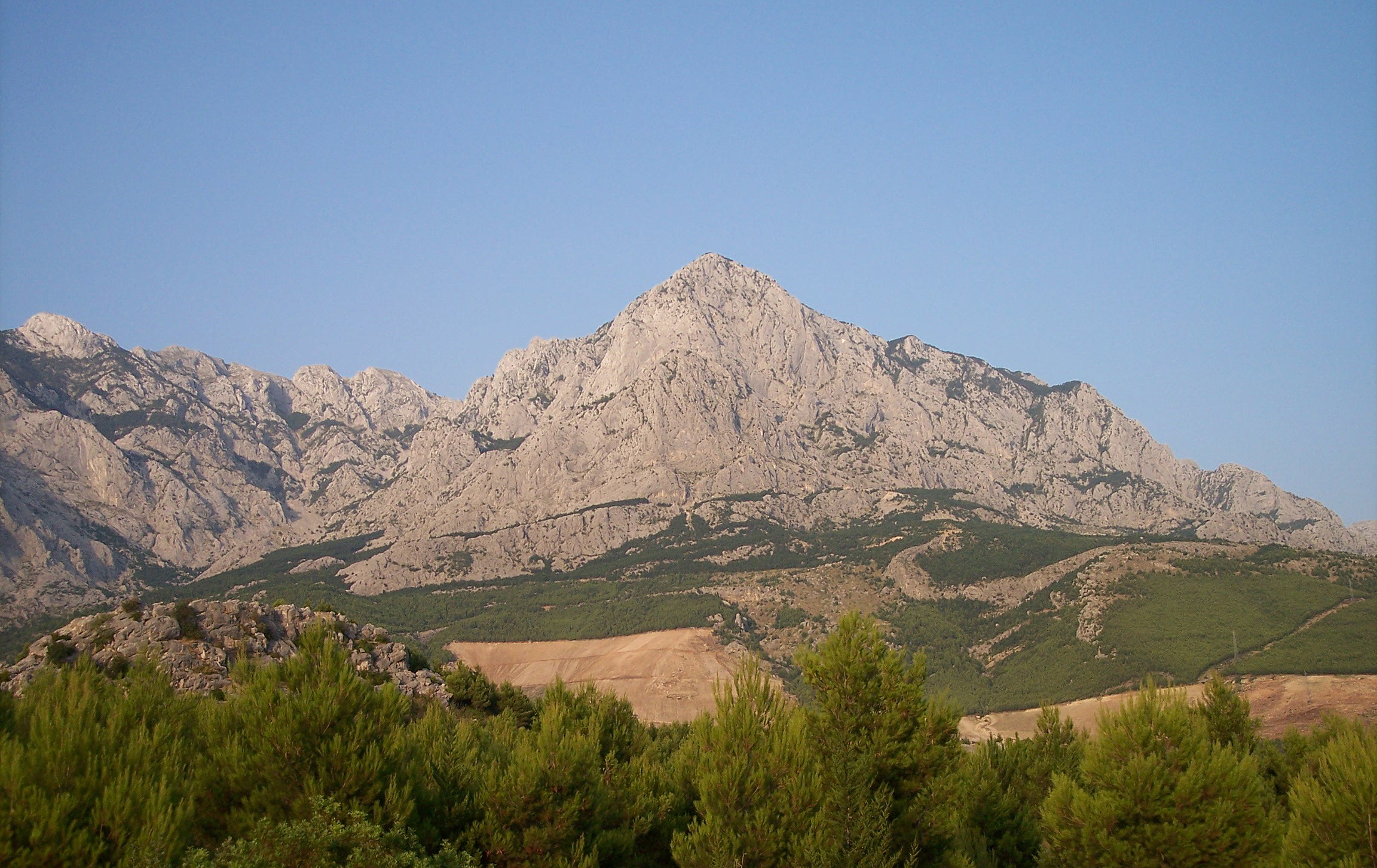|
Mount Hum (Vis)
Mount Hum () is a mountain located on the island of Vis, Croatia Croatia, officially the Republic of Croatia, is a country in Central Europe, Central and Southeast Europe, on the coast of the Adriatic Sea. It borders Slovenia to the northwest, Hungary to the northeast, Serbia to the east, Bosnia and Herze .... It is the highest elevation point of Vis with its . A military radar station is located on the top and the peak is not accessible to civilians. References Hum Vis (island) Landforms of Split-Dalmatia County {{SplitDalmatia-geo-stub ... [...More Info...] [...Related Items...] OR: [Wikipedia] [Google] [Baidu] |
Croatia
Croatia, officially the Republic of Croatia, is a country in Central Europe, Central and Southeast Europe, on the coast of the Adriatic Sea. It borders Slovenia to the northwest, Hungary to the northeast, Serbia to the east, Bosnia and Herzegovina and Montenegro to the southeast, and shares a maritime border with Italy to the west. Its capital and largest city, Zagreb, forms one of the country's Administrative divisions of Croatia, primary subdivisions, with Counties of Croatia, twenty counties. Other major urban centers include Split, Croatia, Split, Rijeka and Osijek. The country spans , and has a population of nearly 3.9 million. The Croats arrived in modern-day Croatia, then part of Illyria, Roman Illyria, in the late 6th century. By the 7th century, they had organized the territory into Duchy of Croatia, two duchies. Croatia was first internationally recognized as independent on 7 June 879 during the reign of Duke Branimir of Croatia, Branimir. Tomislav of Croatia, Tomis ... [...More Info...] [...Related Items...] OR: [Wikipedia] [Google] [Baidu] |
Vis (island)
Vis () is a Croatian island in the Adriatic Sea. It is the farthest inhabited island off the Croatian mainland. Before the end of World War I, the island was held by the Liburnians, the Republic of Venice, the Napoleonic Kingdom of Italy (Napoleonic), Kingdom of Italy, and the Austrian Empire. During the 19th century, the sea to the north of Vis was the site of two naval battles. In 1920, the island was ceded to the Kingdom of Yugoslavia as part of the Treaty of Rapallo (1920), Treaty of Rapallo. During World War II, the island was the headquarters of the Yugoslav Partisans, Yugoslav Partisan movement. After the war, Vis was used as a naval base for the Yugoslav People's Army until 1989. The island's main industries are viticulture, fishing, fish processing, and tourism. Geography The farthest inhabited island off the Croatian mainland, Vis had a population of 3,313 in 2021. Vis has an area of . Its highest point is Mount Hum (Vis), Hum, which is Above mean sea level, above se ... [...More Info...] [...Related Items...] OR: [Wikipedia] [Google] [Baidu] |
Croatian Mountaineering Association
The Croatian Mountaineering Association () covers both mountaineering and a broad range of related activities. Unlike the majority of the international mountaineering associations, the association's remit extends to speleology, climbing, orienteering and mountain rescue. The association is responsible for the maintenance of mountain huts and paths in Croatia, and is the publisher of the magazine '' Hrvatski planinar'' (The Croatian Mountaineer) and of other promotional materials. Through schools and courses it provides relevant professional education and training. It is a comprehensive source of information of all kinds relating to Croatian mountains and mountaineering. The operations of the Croatian Mountaineering Association are managed by its executive committee and its professional work is carried out through the commissions for: * Mountain Rescue; * Guiding; *Caving; * Alpinism; * Competition Climbing; *Orienteering; * Promotion & Publications; * Mountain Paths; * Environment ... [...More Info...] [...Related Items...] OR: [Wikipedia] [Google] [Baidu] |
Mountains Of Croatia
A mountain is an elevated portion of the Earth's crust, generally with steep sides that show significant exposed bedrock. Although definitions vary, a mountain may differ from a plateau in having a limited summit area, and is usually higher than a hill, typically rising at least above the surrounding land. A few mountains are inselberg, isolated summits, but most occur in mountain ranges. mountain formation, Mountains are formed through tectonic plate, tectonic forces, erosion, or volcanism, which act on time scales of up to tens of millions of years. Once mountain building ceases, mountains are slowly leveled through the action of weathering, through Slump (geology), slumping and other forms of mass wasting, as well as through erosion by rivers and glaciers. High elevations on mountains produce Alpine climate, colder climates than at sea level at similar latitude. These colder climates strongly affect the Montane ecosystems, ecosystems of mountains: different elevations hav ... [...More Info...] [...Related Items...] OR: [Wikipedia] [Google] [Baidu] |

